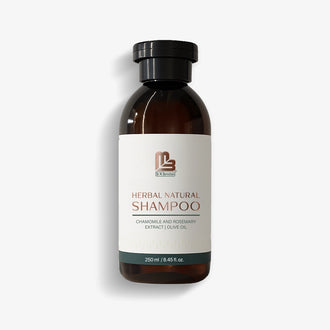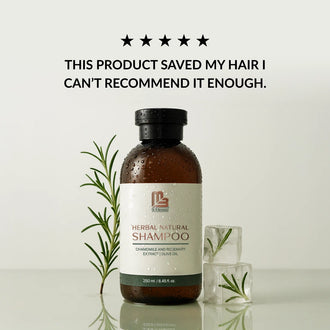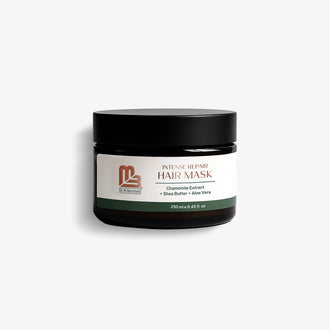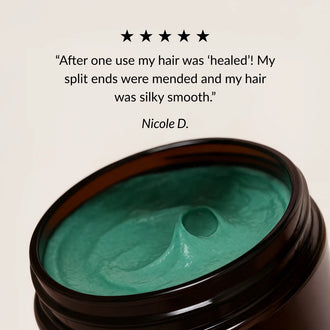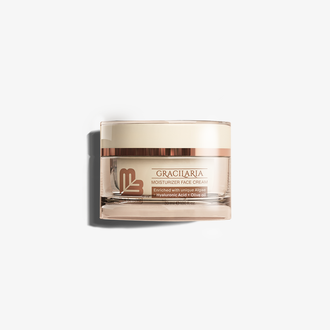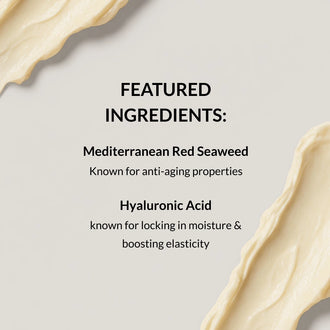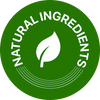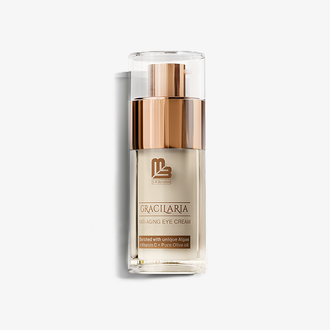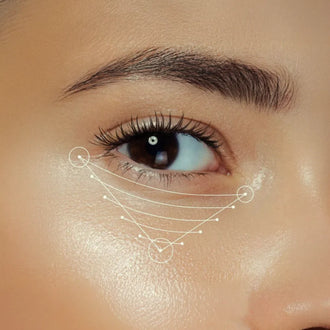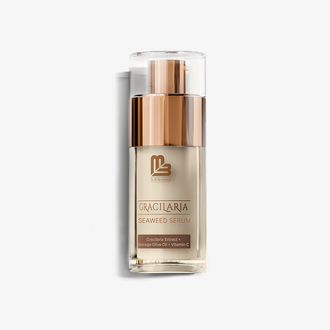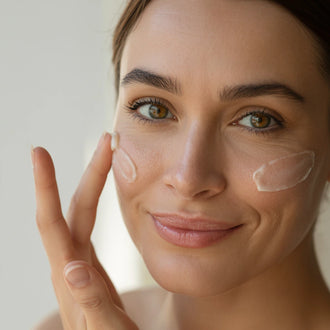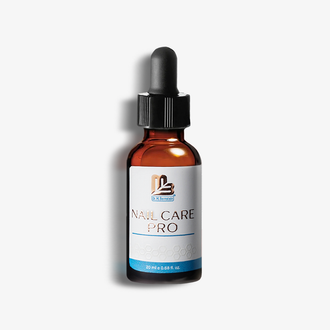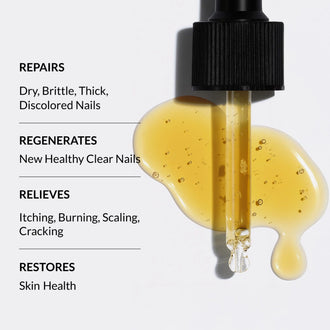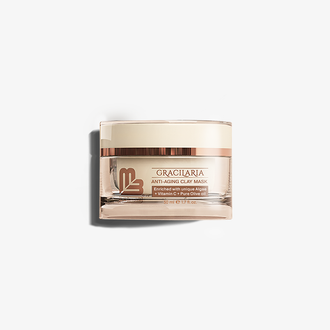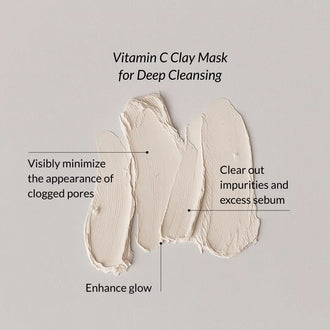We've all experienced that sinking feeling when running our fingers through our hair, only to notice it doesn't feel quite right anymore. Whether it's dryness, breakage, or a lack of that healthy shine you once had, damaged hair can feel discouraging. But here's the good news: with the right approach, you absolutely can improve your hair's appearance and health!
In this comprehensive guide, we'll walk you through everything you need to know about identifying damaged hair, understanding what causes it, and most importantly, how to treat and manage it effectively.
How to Identify Damaged Hair: 7 Warning Signs
1. Excessive Dryness and Loss of Shine
Healthy hair has a natural luster from smooth, intact cuticles reflecting light. When hair is damaged, the cuticle layer becomes rough and raised, making it difficult to retain moisture. This results in hair that feels parched and looks dull.
2. Split Ends That Keep Coming Back
Split ends occur when the protective outer layer wears away, causing the hair shaft to literally split. Research shows that the cuticle structure deteriorates with age and environmental exposure, making older hair more vulnerable to splitting.
3. Increased Breakage and Hair Loss
Finding more hair than usual on your pillow or in your brush signals that your strands have become brittle and weak. Damaged hair lacks the structural integrity to withstand normal daily activities.
4. Persistent Frizz and Flyaways
Damaged hair has raised cuticles that allow moisture to escape while absorbing excess humidity. This is where oils and serums become essential. Studies demonstrate that oils can fill gaps between cuticle cells and prevent penetration of aggressive substances, helping to reduce frizz.
5. Texture Changes and Roughness
Damage disrupts the hair's natural texture by compromising its protein structure. Your hair may feel coarser, more wiry, or have lost its natural softness.
6. Loss of Elasticity
Healthy hair can stretch and return to its original length without breaking. If it snaps immediately or doesn't return to normal, the protein bonds within the hair shaft have been weakened.
7. Constant Tangling and Knots
Rough, damaged cuticles catch on each other like Velcro, creating stubborn tangles that can lead to even more breakage.
What Causes Hair Damage?
Heat Styling Tools
Scientific research confirms that heat causes denaturation of α-keratin and degradation of hair cortex components. Studies show that keratin proteins aggregate under heat, similar to how raw eggs harden when boiled.
Chemical Treatments
Hair coloring, bleaching, perms, and straightening treatments work by breaking natural bonds in your hair. Research demonstrates that chemical treatments cause structural changes in keratin proteins, stripping hair of natural oils and leaving it vulnerable.
Environmental Stressors
UV irradiation particularly degrades the endocuticle and cell membrane complex. Wind, pollution, chlorine, and salt water all contribute to damage.
Mechanical Damage
Brushing wet hair, tight hairstyles, rough towel-drying, and harsh styling all cause physical stress, leading to breakage.
Nutritional Deficiencies
A diet lacking in proteins, vitamins (especially biotin and vitamins A, C, D, E), and minerals like iron and zinc results in weak, brittle hair.
What Can You Do? 7 Essential Tips for Managing Damaged Hair
1. Get Regular Trims
Schedule a trim every 6-8 weeks to remove split ends before they travel up the hair shaft.
2. Never Skip Conditioner/Hair Mask
Apply conditioner or hair mask from mid-length to ends and leave on for at least 2-3 minutes before rinsing.
3. Use Deep Conditioning Masks
Once or twice weekly, use intensive masks for 10-15 minutes to provide deep repair and moisture.
4. Reduce Heat Styling
Embrace air-drying or heatless methods when possible. Always use the lowest effective temperature.
5. Always Use Heat Protection
Research confirms that protective products help preserve keratin structure after thermal stress. Never use hot tools on unprotected hair.
6. Be Gentle When Hair Is Wet
Wet hair is extremely fragile. Gently squeeze out water with a microfiber towel and use a wide-tooth comb, starting from the ends.
7. Nourish from Within
Ensure your diet includes protein, omega-3 fatty acids, and essential vitamins. Consider supplements if needed.
Key Ingredients to Look For
-
Proteins (Keratin, Hydrolyzed Wheat Protein): Essential for maintaining hair tensile strength, temporarily strengthen hair
-
Natural Oils (Argan, Coconut, Jojoba): Provide deep moisture and shine
-
Panthenol (Pro-Vitamin B5): Moisturizes and improves elasticity
-
Ceramides: Help rebuild the protective layer
-
Amino Acids: The building blocks that strengthen hair
Restore Your Hair's Natural Beauty
If you're serious about transforming damaged hair, you need products that work at the foundational level—not just mask the problem temporarily.
Herbal - Gentle Tea Tree Shampoo
When you're watching too much hair circle your shower drain, most drugstore shampoos aren't solving the real problem.
Your hair grows (or stops growing) at the follicle level. That's exactly where our Herbal - Gentle Tea Tree Shampoo works. Medical-grade tea tree oil helps with scalp health and may support a healthy environment for hair growth, while therapeutic botanicals boost circulation, and targeted vitamins feed your roots.
The result? A healthier scalp. Stronger strands. And those thinning spots finally start showing signs of life again.
Scalp & Hair Hydrating Hair Serum
If your hair feels dry, frizzy, or prone to breakage, most oils and serums don't target the real problem.
Hair health starts at the root and along the strand. That's exactly where our Hair Serum works. Enriched with jojoba, argan, castor, and rosemary oils, plus lavender, tea tree, and peppermint, it penetrates deeply to hydrate, strengthen, and smooth hair. Natural oils have been scientifically shown to fill gaps between cuticle cells and prevent penetration of damaging substances.
The result? Softer, shinier, more manageable hair that looks and feels healthier every day.
Intense Repair Hair Mask
If your hair feels rough, dry, or lifeless, most conditioners and masks aren't targeting the real problem.
Hair health starts at the core of each strand. That's exactly where our Hair Mask works. Enriched with chamomile extract, aloe vera, and shea butter, it penetrates deep to repair damage, restore moisture, and revitalize each strand.
The result? Soft, smooth, and manageable hair that looks and feels healthier—every single day.
Final Thoughts
Managing damaged hair requires patience, consistency, and the right approach. While you cannot undo existing damage, you can significantly improve how your hair looks and feels while creating ideal conditions for new, healthy growth.
Remember that everyone's hair is different. Pay attention to how your hair responds to products and treatments, and adjust your routine as needed. Be gentle with your hair, protect it from further damage, and maintain realistic expectations.
With dedicated care and the right products, you'll be on your way to healthier, more beautiful hair. Start with the basics, be consistent, and watch your hair transform over time.
Shop the Article
SAVE 40%





